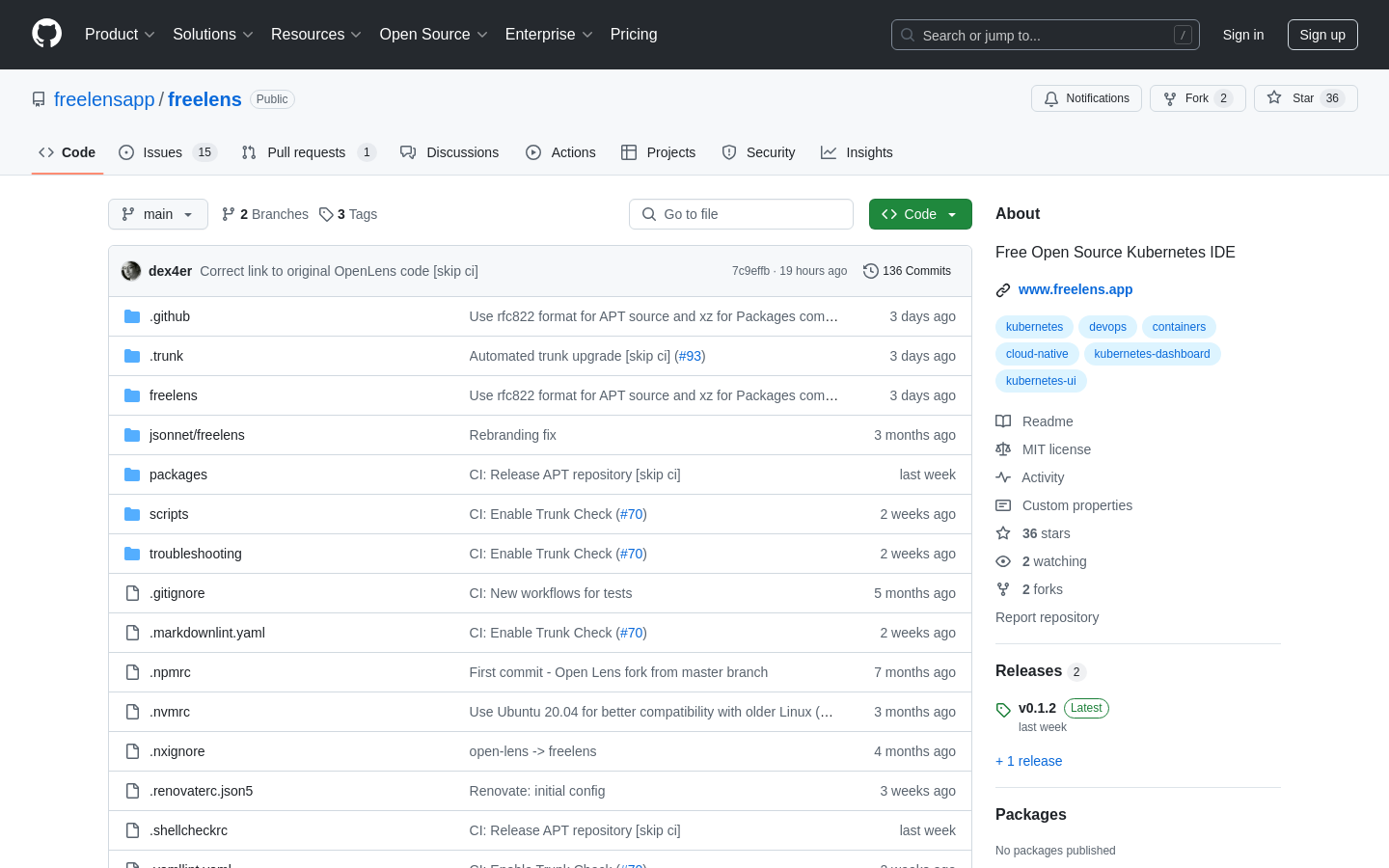

Highlight 1
Freelens offers a clean and intuitive interface, making it easier for users to manage and navigate their Kubernetes environments without needing extensive command-line knowledge.
Highlight 2
The application is open source, fostering community engagement and contributions, which can lead to faster improvements and new features driven by user feedback.
Highlight 3
It provides robust visualization tools that help users comprehend the status and performance of their Kubernetes clusters easily.

Improvement 1
The onboarding process could be improved to better accommodate new users who may be unfamiliar with Kubernetes concepts.
Improvement 2
Integration with more third-party tools and services could enhance functionality and expand user use cases.
Improvement 3
The documentation could benefit from additional examples and use cases to guide users in maximizing the app's capabilities.
Product Functionality
Implement a marketplace or plugin system where users can add functionality or integrations with other services.
UI & UX
Incorporate a more tailored onboarding experience with guided tours and user tutorials to help first-time users become more comfortable with the app.
SEO or Marketing
Enhance the website's SEO through user-friendly blog posts, tutorials, and documentation that can attract organic traffic and provide value to potential users.
MultiLanguage Support
Consider introducing multi-language support to cater to a broader audience, particularly in regions with large developer communities.
- 1
What is Freelens?
Freelens is an open-source graphical IDE for managing Kubernetes environments, designed to simplify deployment and management tasks through an intuitive interface.
- 2
Is Freelens open source?
Yes, Freelens is an open-source project, allowing the community to contribute and enhance its features.
- 3
How can I contribute to Freelens?
You can contribute to Freelens by participating in its GitHub repository, reporting issues, suggesting features, or submitting pull requests.
